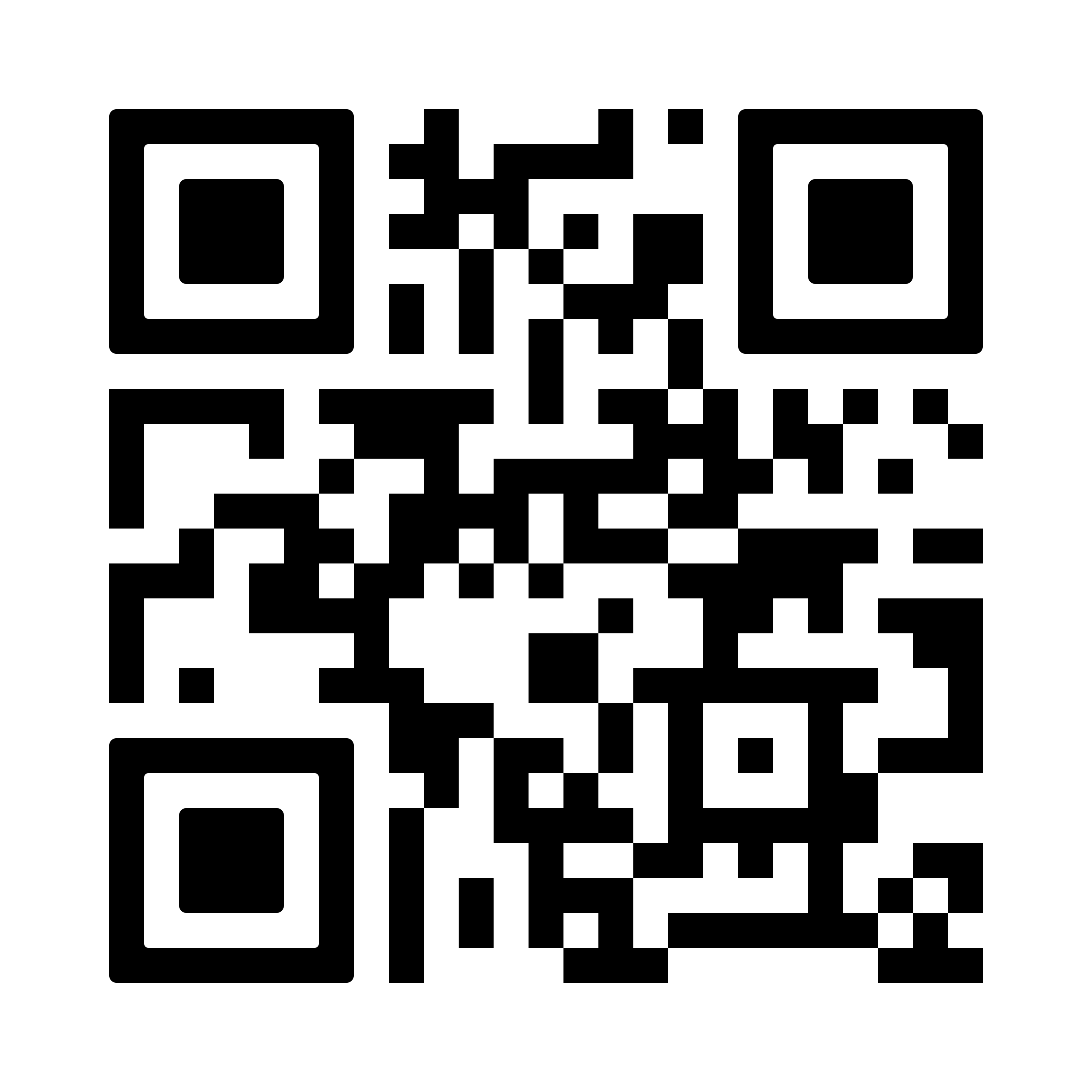Any person, 4 weeks to 15 years (excluding newborns), presenting as unresponsive and not breathing normally.
Escalate immediately as per local CERS protocol.
This protocol is intended to be used by registered and enrolled nurses within their scope of practice and as outlined in The Use of Emergency Care Assessment and Treatment Protocols (PD2024_011). Sections marked triangle or diamond indicate the need for additional prerequisite education prior to use. Check the medication table for dose adjustments and links to relevant reference texts.
In all cases, commence basic life support (BLS) until a paediatric advanced life support accredited clinician arrives.
This protocol authorises paediatric advanced life support accredited nurses only to request diagnostics and give medication and fluids as indicated below.
History prompts, signs and symptoms
These are not exhaustive lists. Maintain an open mind and be aware of cognitive bias.
History prompts
- Onset of symptoms
- Preceding events, e.g. collapse, trauma
- Time of arrest
- Time CPR commenced
- Initial cardiac rhythm, if known
- Pre-hospital treatment
- Past admissions
- Medical and surgical history
- Current medications
- Known allergies
- Immunisation status
- Current weight
Signs and symptoms
- Unresponsive
- Inadequate respiratory effort or apnoeic
- Cyanosis
- Pulseless
Basic life support (BLS)
Commence BLS until a paediatric advanced life support accredited clinician can take over care.
Advanced life support (ALS)
Follow ANZCOR Paediatric Advanced Life Support flowchart below and refer to the interventions and diagnostics section and medications section on this protocol for authorisation.

Interventions and diagnostics
Specific treatment
- Consider family discussion, need for social worker or religious leader.
Radiology
- If return of spontaneous circulation (ROSC): CXR
Pathology
- FBC, UEC, Ca/Mg/PO4, glucose, VBG
Medications
The patient’s weight is mandatory for calculating fluid and medication doses.
The Broselow Tape or APLS weight table (appendix) can be used only in circumstances where the patient cannot be weighed.
The shaded sections in this protocol are only to be used by registered nurses who have completed the required education.
Drag the table right to view more columns or turn your phone to landscape
| Drug | Dose | Route | Frequency |
|---|---|---|---|
10 microg/kg Maximum single dose of 1 mg or 10 mL of 1:10,000 | IV/intraosseous | Shockable rhythm: dose after 2nd shock, then repeat every 2nd cycle Non–shockable rhythm: immediately, then repeat every 2nd cycle | |
5 mg/kg Maximum dose 300 mg | IV/intraosseous | Shockable rhythm: once only after 3rd shock | |
5–10 mL | IV/intraosseous | As required to flush amiodarone | |
0.25–15 L/min, device dependent | Inhalation | Continuous |
Medications with contraindications or requiring dose adjustment are marked:
- H for patients with known hepatic impairment
- R for patients with known renal impairment.
Escalate to medical or nurse practitioner.
References
- Soar J, Donnino MW, Maconochie I, et al. 2018 International consensus on cardiopulmonary resuscitation and emergency cardiovascular care science with treatment recommendations summary. Circulation. 2018;138(23):e714-e30. Available from: https://www.ahajournals.org/doi/abs/10.1161/CIR.0000000000000611
- Australian and New Zealand Committee on Resuscitation [ANZCOR]. Paediatric Advanced Life Support. Australia, ANZCOR; 2023 [cited 12 October 2023]. Available from: https://www.anzcor.org/
- Australian Medicines Handbook. Adelaide: AMH; c2023 [cited 28 Feb 2023]. Available from: https://amhonline.amh.net.au.acs.hcn.com.au/
- Australian Medicines Handbook Children’s Dosing Companion. Adelaide: AMH; c2023 [cited 03 May 2023]. Available from: https://childrens.amh.net.au.acs.hcn.com.au/
- MIMS Australia. Clinical Resources. Australia: MIMS Australia Pty Ltd; 2022 [cited 2 Feb 2023]. Available from: https://www.mimsonline.com.au.acs.hcn.com.au/Search/Search.aspx
- Yurtseven A, Turan C, Akarca FK, et al. Pediatric cardiac arrest in the emergency department: Outcome is related to the time of admission. Pak J Med Sci. 2019 Sep-Oct;35(5):1434-40. DOI: 10.12669/pjms.35.5.487
| Evidence informed |
Information was drawn from evidence-based guidelines and a review of latest available research. For more information, see the development process. |
| Collaboration |
This protocol was developed by the ECAT Working Group, led by the Agency for Clinical Innovation. The group involved expert medical, nursing and allied health representatives from local health districts across NSW. Consensus was reached on all recommendations included within this protocol. |
| Currency | Due for review: Jan 2026. Based on a regular review cycle. |
| Feedback | Email ACI-ECIs@health.nsw.gov.au |
Accessed from the Emergency Care Institute website at https://aci.health.nsw.gov.au/ecat/paediatric/cardiorespiratory-arrest
